As the days grow shorter and the cool air begins to settle in, many gardening enthusiasts might think it’s time to put away their tools.
However, fall is a fantastic time to cultivate a new batch of vegetables that can thrive in the cooler temperatures.
In this blog post, we’ll explore the best vegetables to plant in the fall, along with tips on how to care for them, ensuring a thriving garden even as the leaves turn.
Why Plant in the Fall?
Planting in the fall not only allows you to extend your gardening season but also gives you an opportunity to enjoy fresh produce as winter approaches.
Many vegetables thrive in cooler weather, leading to enhanced flavors and better yields.
Here’s why you should consider fall gardening:
Benefits of Fall Gardening
- Cooler Temperatures: Many crops, like greens and root vegetables, actually prefer cooler temperatures, which can reduce plant stress.
- Pest Management: With the departure of the summer heat, many garden pests become less of a nuisance, leading to healthier plants.
- Quick Growth: Certain crops can grow rapidly in the fall, giving you a bountiful harvest before the first frost.
“Fall gardening is like a second chance; it allows you to experiment with different vegetables you might not have tried in the summer”.
Fall is also a great time to plant beautiful fall mums!
These colorful flowers add a burst of cheer to the garden as summer fades.
Best Fall Vegetables to Plant
When planning your fall garden, choose vegetables known for their hardiness and adaptability to changing temperatures.
Here’s a roundup of the best options:
1. Leafy Greens
Leafy greens are ideal for fall planting.
They thrive in cooler temperatures and can withstand light frosts.
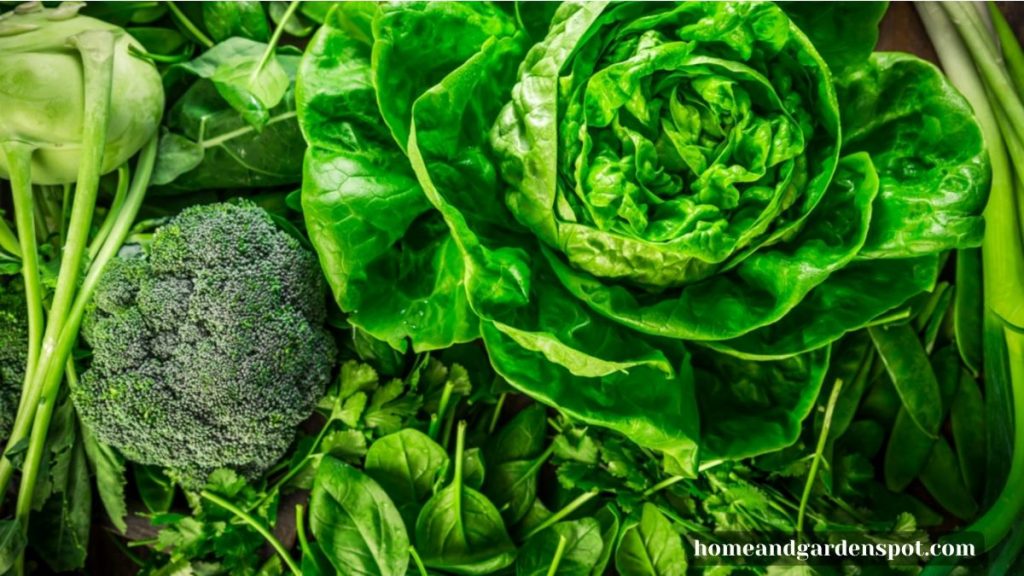
2. Spinach
Spinach is a nutrient-packed leafy green that loves the cooler weather of fall.
When planting spinach, choose a site with rich, well-draining soil and ensure they receive adequate sunlight.
Sowing Time: Late summer to early fall.
Frost Tolerance: Can withstand temperatures down to 20°F.
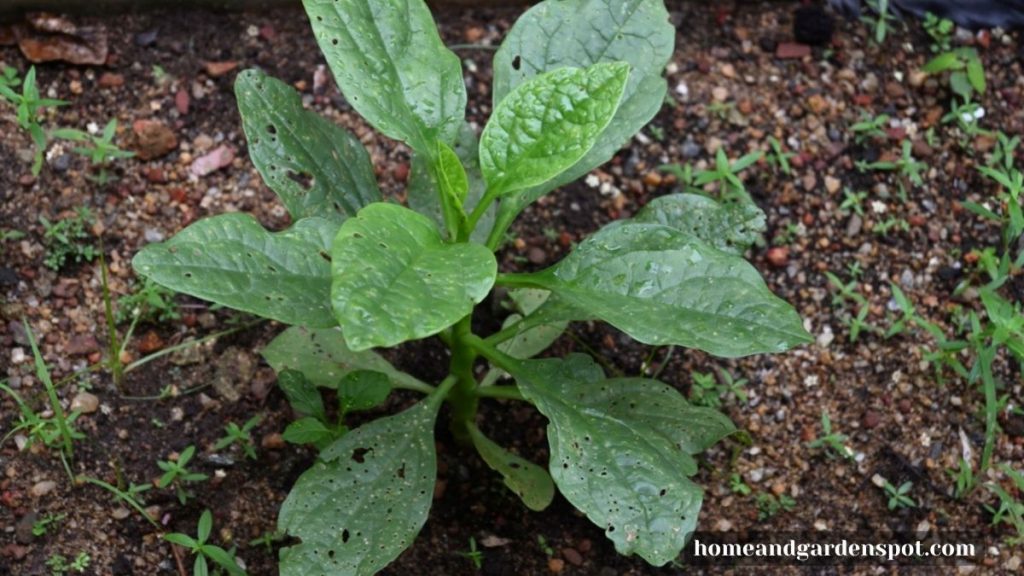
3. Kale
Kale, renowned for its health benefits, turns sweeter after a frost.
This green has become a favorite among home gardeners.
Sowing Time: Late summer to early fall.
Frost Tolerance: Hardy to about 10°F.

4. Root Vegetables
Root vegetables are perfect for fall gardening as they grow well underground, thriving in the crisp air.
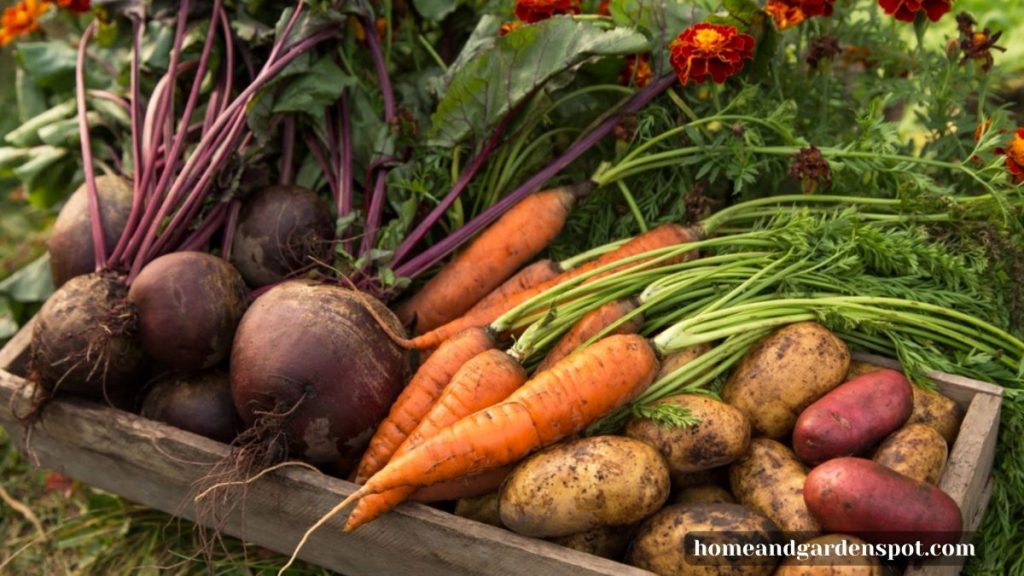
5. Carrots
Carrots can be sown directly into the ground and require little maintenance beyond initial watering.
Sowing Depth: About ½ inch deep.
Harvest Time: Generally ready 60-80 days after sowing.
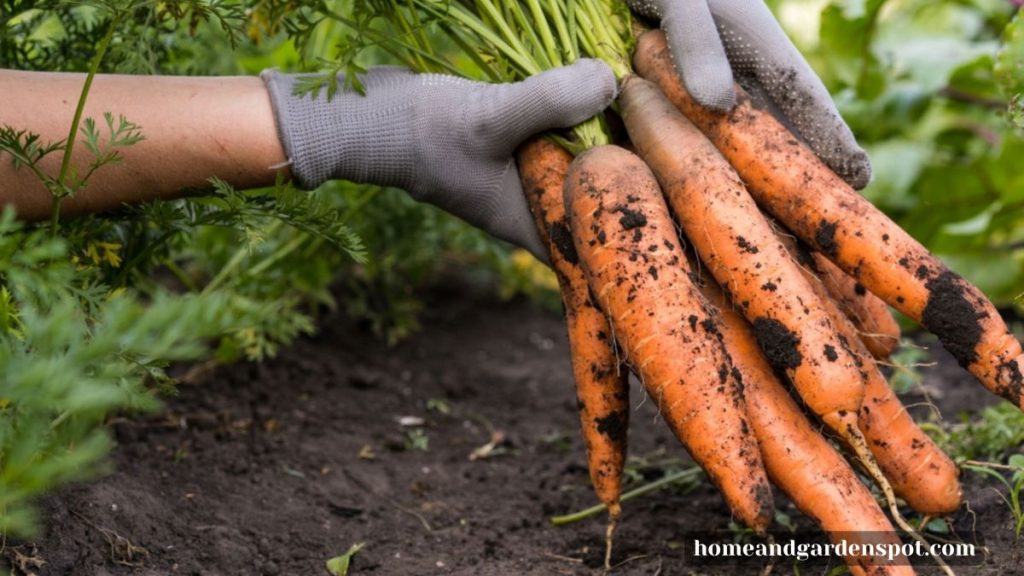
6. Beets
These vibrant vegetables are not only delicious but also packed with nutrients.
Beets are versatile, as both the roots and greens can be enjoyed.
Sowing Depth: 1-2 inches apart.
Harvest Time: Ready in about 50-70 days.

7. Brassicas (Cabbage Family)
Brassicas such as broccoli, cabbage, and Brussels sprouts thrive in fall conditions.
They prefer cooler temperatures and can actually improve in flavor after exposure to frost.
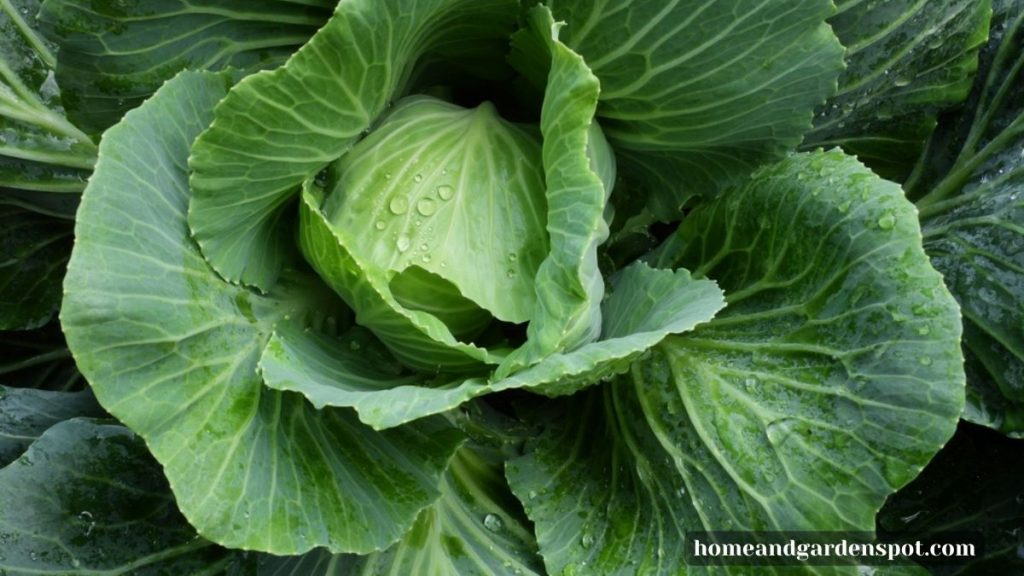
8. Broccoli
Easily grown from seedlings, broccoli is a nutritious vegetable that holds well into winter.
Planting Time: Start seeds indoors and transplant in early fall.
Harvest Time: Typically ready in 70-100 days.
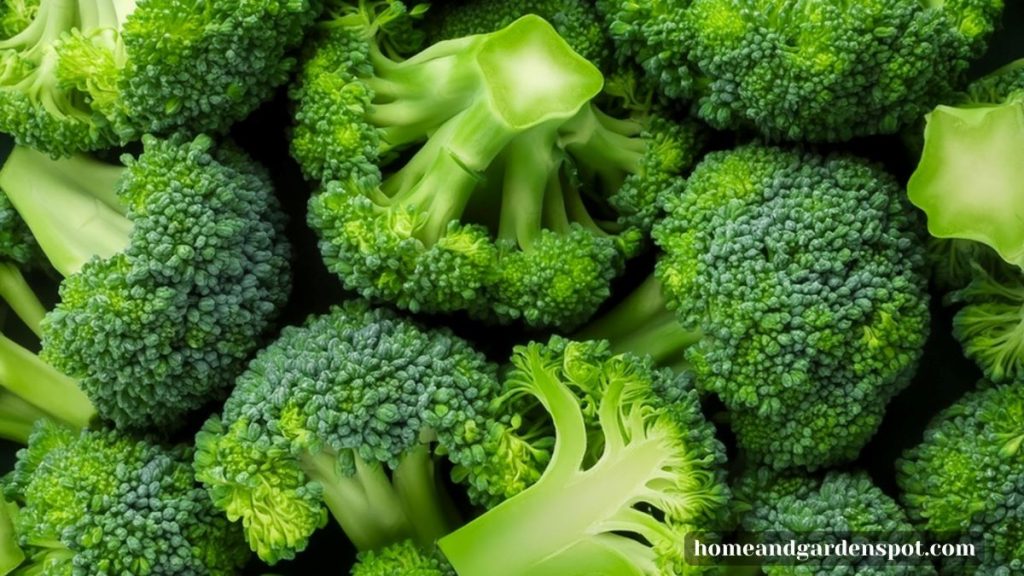
9. Herbs
While not technically vegetables, herbs like cilantro and parsley flourish in the fall.
They add flavor to dishes, making them a fantastic addition to any fall garden.
Check out my tips on how to start a herb garden!
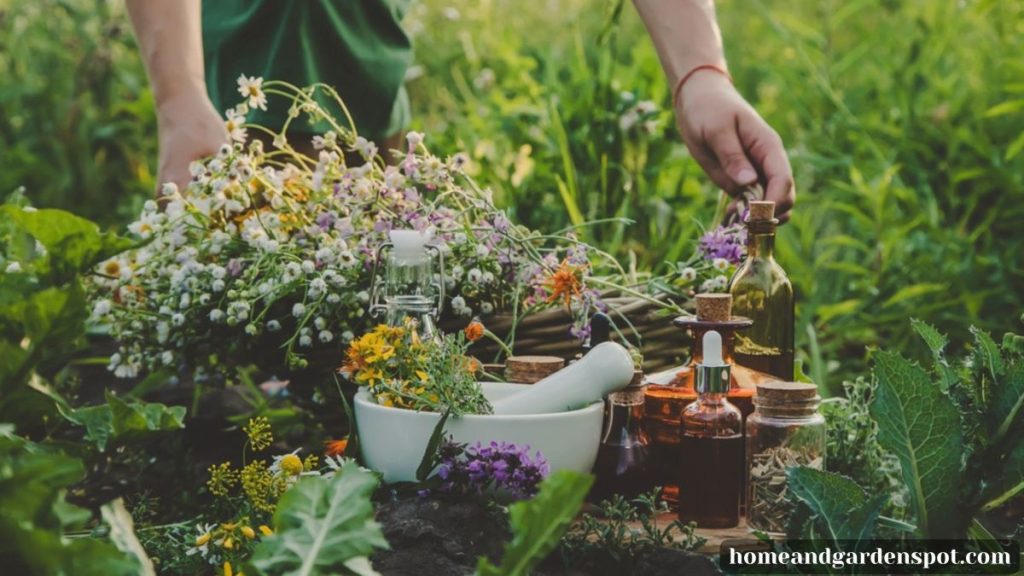
10. Cilantro
This herb loves cooler weather and can be sown every couple of weeks for a continuous harvest.
Sowing Time: Late summer to early fall.
Harvest Time: Ready in about 3-4 weeks post sowing.
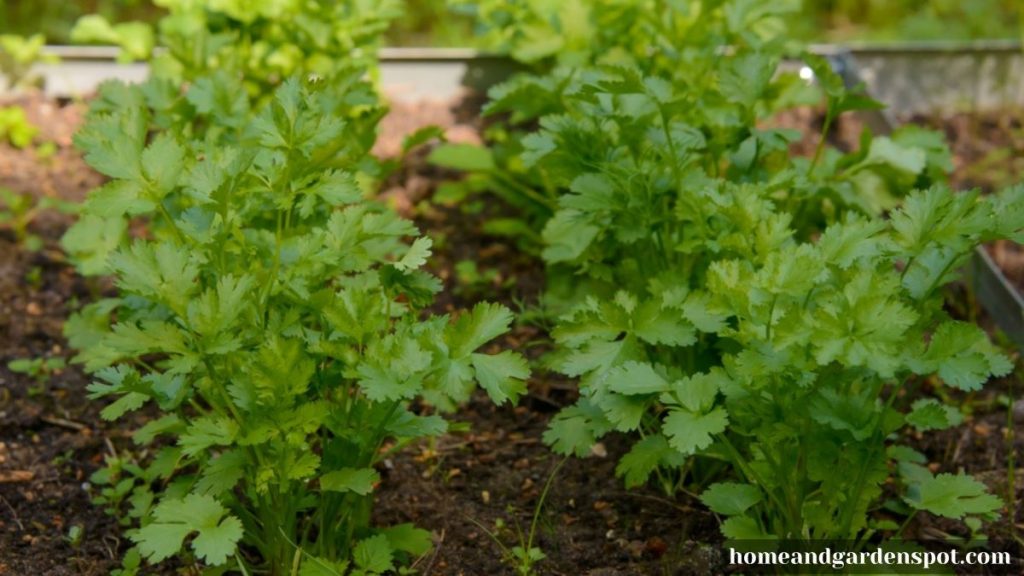
Ready to start your own vegetable garden? Then you need these tips on how to start a vegetable garden.
Tips for Successful Fall Gardening
To ensure your fall garden is a success, here are some essential tips:
1. Soil Preparation
Prepare your garden bed by introducing organic matter, and make sure the soil drains well to prevent waterlogging, which can be detrimental in cooler weather.
2. Timing is Key
Ensure that you are planting according to your local climate and the expected first frost date.
Refer to local extension services for specific dates relevant to your region.
3. Protect Your Crops
Utilize row covers or cloches to protect young plants from unexpected frosts and harsh winds.
FAQs
What are the best companion plants for fall vegetables?
For fall vegetables, pair leafy greens like spinach and kale with herbs like cilantro or dill, which help repel pests.
Root vegetables like carrots and beets thrive when planted alongside onions, garlic, or chives, which deter aphids and other insects.
Brassicas, such as broccoli and Brussels sprouts, benefit from being planted near aromatic herbs like thyme or rosemary, which can repel cabbage moths and other common pests.
Additionally, legumes like peas can improve soil nitrogen levels, benefiting leafy greens and root vegetables planted nearby.
How do I prepare my garden soil for fall planting?
Preparing your garden soil for fall planting involves clearing out any remnants of summer crops, removing weeds, and adding compost or organic matter to replenish nutrients.
Loosening the soil is essential, as this improves drainage and allows roots to establish more easily in the cooler, compacted earth.
Adding a slow-release organic fertilizer can help sustain the fall crops throughout the season.
Testing your soil pH is also recommended, as certain fall vegetables prefer slightly acidic to neutral conditions, ensuring optimal growth.
Mulching is another key step to conserve moisture and regulate soil temperature.
Can I grow vegetables in containers during the fall season?
Yes, many fall vegetables can be grown successfully in containers, offering flexibility for those with limited space or harsh weather conditions.
Root vegetables like carrots and radishes can be grown in deep containers, while leafy greens like spinach, lettuce, and kale thrive in shallow containers.
Herbs and garlic are also excellent container options.
When choosing containers, ensure they have adequate drainage and are filled with nutrient-rich potting mix.
Conclusion
Fall gardening opens up a wealth of opportunities for growing delicious vegetables that flourish in cooler temperatures.
By selecting the right crops like leafy greens, root vegetables, and brassicas, you can extend your gardening season into the fall and enjoy fresh produce well into the colder months.
Ready to dig in? Grab your tools, select your favorite fall vegetables, and start planting now!
Isn’t it satisfying to know that your hard work will result in a bountiful harvest?
For further readings and tips, check out my resource on how to start a garden.
Happy gardening!

Leave a Reply